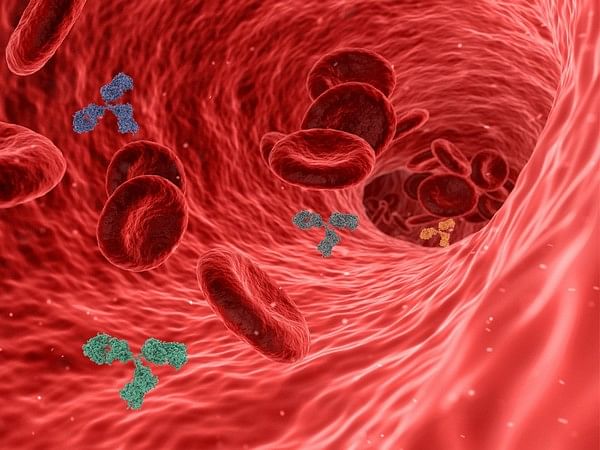Thank you dear subscribers, we are overwhelmed with your response.
Your Turn is a unique section from ThePrint featuring points of view from its subscribers. If you are a subscriber, have a point of view, please send it to us. If not, do subscribe here: https://theprint.in/subscribe/
The Ulsoor lake in Bangalore- stretches over a square kilometer. Surrounded by serene trees, cool environs and a walking track, the waters glide peacefully, being pushed by the gentle wind. Ducks come out to spread their wings and catch fish while they are on the water. The scene is quiet and calming.
This is in contrast to the Ganga at Rishikesh. The water gushes from the Shivalik hills of the Himalayas, from Dehradun through the town of Tehri Garhwal in Uttarakhand. The water crashed against the rocks, making it’s way through the sixteen rapids, twisting and turning, carrying rocks and stones with it downstream.
The flow of the water in the aforementioned water bodies is similar to the flow of blood in the brain.
The former is when the blood pressure is under control, the body has seen regular exercise and the mind is at peace.
The latter is when the body has not been taken care of, exercise and movement has been neglected and the mind is burdened by stress and worry.
What we as doctors of neurosciences are worried about is when the river carries along with it, a rock that lodges at a narrow portion of the river and blocks the further flow downstream. Or if it rushes forward at such a high pressure that it causes a flooding of the land. In other words, the description of the former is an ischemic stroke and the latter is how a hemorrhagic stroke occurs.
Ischemia is when the blood supply is cut off to a portion of the brain, and the portion of the brain cells, which are neurons, start to die. Hemorrhagic stroke is when bleeding occurs inside the brain, compressing the brain cells inside a pressurized rigid box, leading to brain cells dying.
Every minute that a stroke is not treated, 1.9 million brain cells die. This has given rise to the adage “Time is Brain”. A phrase which means, every minute is important when it comes to treating a patient with a stroke.
Ischemic stroke can occur due to a combination of factors. A life of not moving too much, uninhibited alcohol consumption, hypertension and diabetes going unchecked, cigarette smoking, and a heart that doesn’t beat rhythmically, or beats irregularly. All of the above factors can give rise to the formation of a clot in the blood, which then travels from the heart to the brain, causing a stroke.
How does the clot form, you may ask. It was Rudolf Virchow, a German physician, anthropologist, pathologist and statesman, in 1848, who believed that the rough interiors of a blood vessel and injury to it and the sluggishness of the flow of the blood caused the blood to clot quicker. He demonstrated that these clots, ‘thrombosis’ as he called it, would become detached to form an “embolus”, which would travel through the circulation and get trapped in a narrower vessel thus preventing the brain cells from receiving oxygenated blood.
How soon must you get help if you suspect that a patient has an ischemic stroke? The latest guidelines that stress the importance of timely treatment, give goals of treating the stroke within 60 minutes of diagnosing it. The plan of the neurologists, if the patient fits the criteria will be to use a drug that dissolves the clot. They would identify a patient with ischemic stroke and inject a drug called Tenecteplase into the veins of the patient, which would then travel to the brain and dissolve the clot. Though extended time windows of upto 3-4 hours have been mentioned, the best results are when the ischemic stroke is treated within 60 minutes.
All of this rapid diagnosing and treating of strokes can happen only when accessibility to multi-speciality hospitals is possible where departments of neurology, neurosurgery and neurocritical care exist. Our metropolitans need to give way to ambulances, amidst narrow roads, overwhelming traffic, citizen awareness of emergencies, and infrastructure that can support seamless passage of a critically ill patient to the hospital.
This leads us to realizing that identifying the symptoms of stroke is the first step to facilitating treatment at the earliest. If you notice that the person has difficulty finding words or speaking, weakness or numbness of one side of the body, blurred vision or loss of sight, sudden memory loss or confusion, or imbalance while walking and a sudden fall, then one must connect to the hospital at once.
Prevention is better than cure. So even when the blood flows as peacefully as the lake, or as aggressively as the rapids, the blood vessels should be strong enough to withstand its turbulence. Because adapting to extremes is how endurance can be achieved and this can be facilitated by exercise and mindful living.
These pieces are being published as they have been received – they have not been edited/fact-checked by ThePrint.


